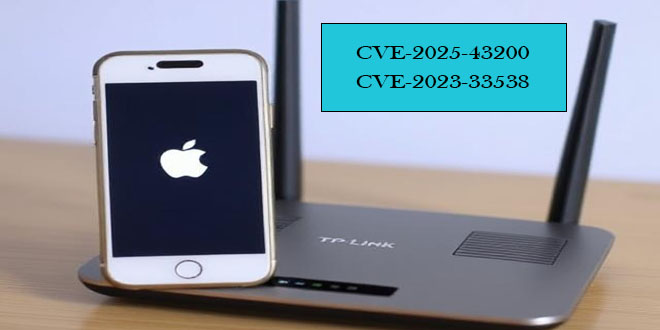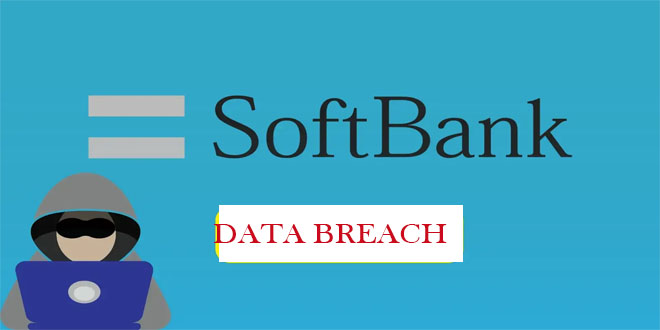Cisco Talos found that an unknown attacker has been targeting organizations in Japan since January 2025. The attacker exploited the CVE-2024-4577 vulnerability in PHP on Windows to access victims’ machines. They used the “TaoWu” plugins from the Cobalt Strike kit for further actions. A pre-configured installer script was discovered on the command and control server, which deploys various malicious tools hosted on Alibaba cloud.
The attacker aimed to steal machine credentials, but based on other observed activities like establishing persistence and gaining SYSTEM-level privileges, we believe their motives include planning future attacks as well. This incident aligns with our Q4 2024 Talos Incident Response report, which noted a rise in threat actors exploiting vulnerable public-facing applications for initial access.

Threat analysts discovered that the attacker mainly targets organizations in Japan across various sectors, such as technology, telecommunications, entertainment, education, and e-commerce, according to our analysis of command and control (C2) server artifacts.
Attack overview :
The attacker tries to exploit a vulnerability (CVE-2024-4577) in the PHP-CGI on Windows to gain control of the victim’s machine. If successful, they run a PowerShell script to launch Cobalt Strike’s reverse HTTP shell, allowing remote access.
They start by collecting system details and user privileges. Next, they run privilege escalation exploits like JuicyPotato, RottenPotato, and SweetPotato to achieve SYSTEM-level access. To maintain their presence, they alter registry keys, add scheduled tasks, and create malicious services using Cobalt Strike’s “TaoWu” plugins.
To stay stealthy, they erase event logs with wevtutil commands to hide their activities from Windows logs. They conduct network reconnaissance using “fscan.exe” and “Seatbelt.exe” to identify lateral movement targets. The attacker also tries to misuse Group Policy Objects with “SharpGPOAbuse.exe” to run malicious PowerShell scripts across the network. Finally, they use Mimikatz commands to extract passwords and NTLM hashes from the victim’s computer memory. To read full report click here.
 InfoSecBulletin Cybersecurity for mankind
InfoSecBulletin Cybersecurity for mankind














